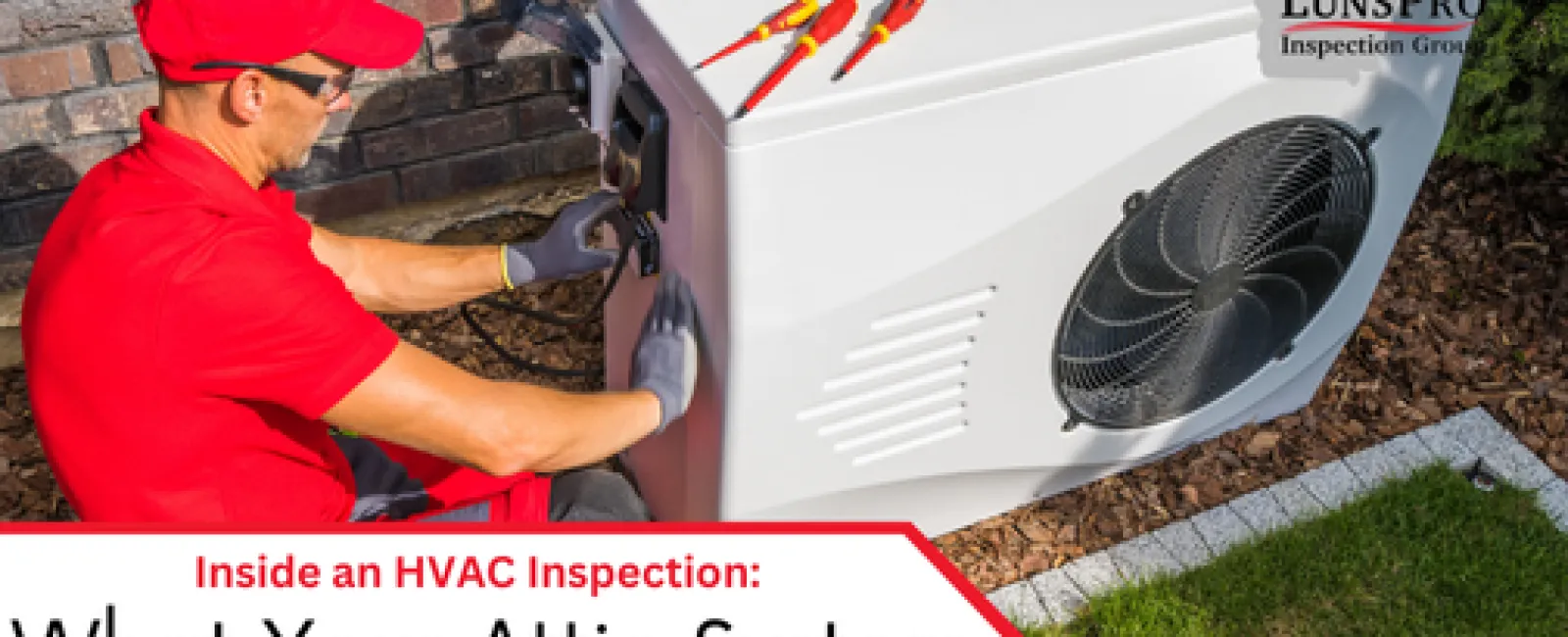A home's HVAC system plays a critical role in maintaining indoor comfort, yet many homeowners overlook the importance of regular inspections—especially in the attic, where issues can go unnoticed. A thorough inspection can uncover loose connections, air leaks, dirty filters, and even mold, all of which can impact efficiency and air quality.
Key Areas of an Attic HVAC Inspection
🔹 Furnace Condition - The furnace is checked for manufacture date, wattage, and overall performance. Any loose connections or air seepage can reduce efficiency and lead to potential safety hazards.
🔹 Filter Inspection - A properly fitted and clean filter is essential for maintaining indoor air quality. In some cases, filters may be missing or installed incorrectly, allowing dust and debris to circulate throughout the home.
🔹 Condensate Line & Pan - The condensation system is inspected for leaks, rust, and potential mold growth. If mold is present, it can spread through the air, affecting the health of the home's occupants.
🔹 Ductwork & Insulation - Damage to ductwork can lead to air loss, inefficiency, and increased energy costs. Loose insulation or drafts can also impact the system's performance.
🔹 Condensate Termination Line - Proper drainage of condensation is crucial to prevent water damage and moisture buildup in the attic. Ensuring that the termination line is properly placed helps avoid leaks and mold growth.
The Importance of Regular HVAC Inspections
Ignoring small HVAC issues can result in higher energy bills, poor air quality, and costly repairs. Routine inspections help identify problems early, ensuring the system operates efficiently and safely.
For homeowners looking to protect their investment, scheduling regular HVAC inspections is a smart step in preventative home maintenance. A well-maintained system not only extends the lifespan of HVAC components but also improves overall home comfort and energy efficiency.

